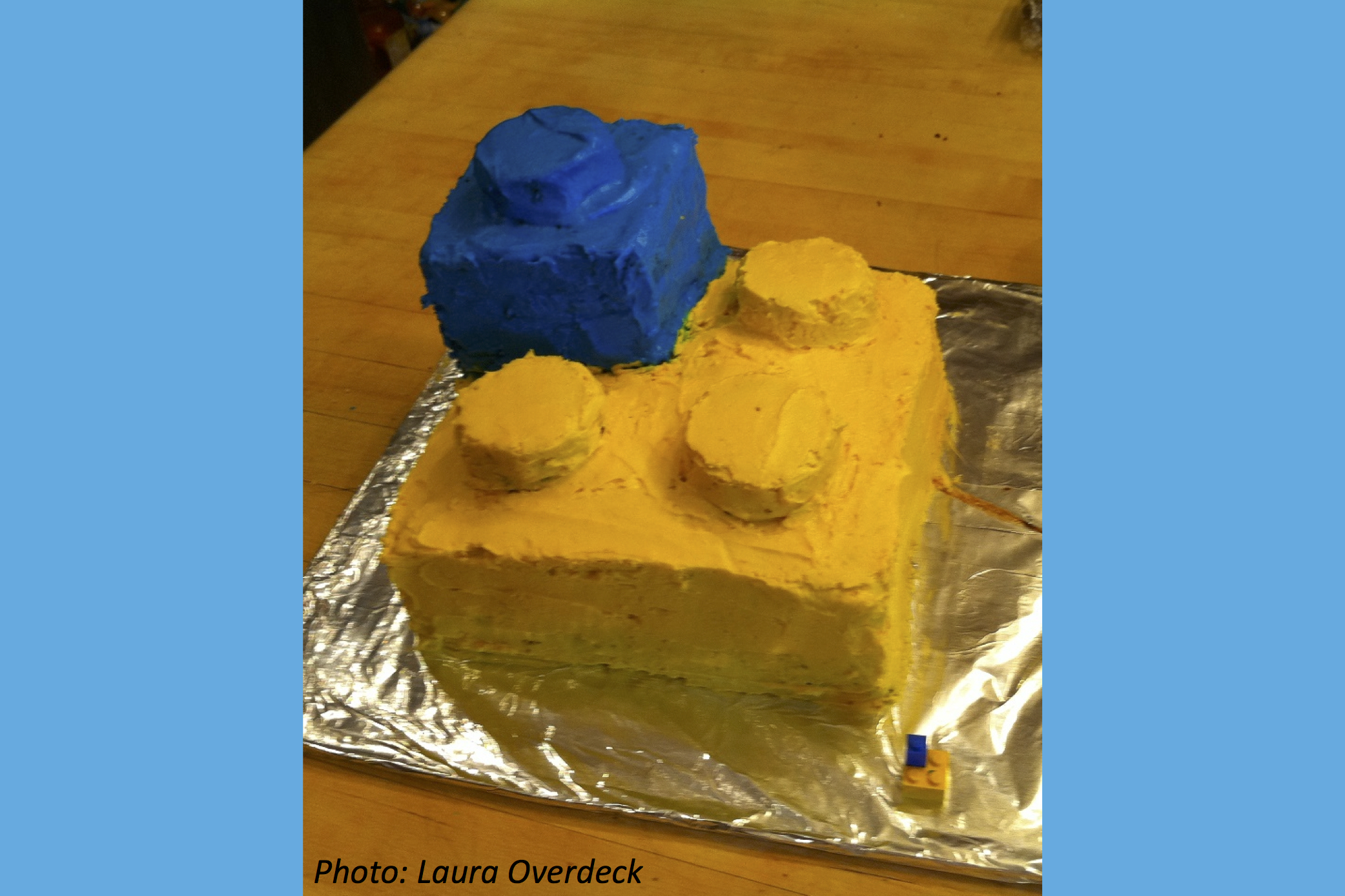Those big Lego bricks look funny, don’t they? Well, they’re actually a giant cake! The bumps on top are upside-down cupcakes, hidden under icing. In the bottom right you can see the teeny real Lego that the cake copied. The cake is 10 times as wide as the Lego, and 10 times as tall, AND 10 times as deep. So that cake can hold 10 x 10 x 10 bricks, or 1,000 of them! Now, how much of it can you eat?
Wee ones: Which is smaller, the blue piece of cake or the yellow piece?
Little kids: How many Lego “bricks” do you see, including the toy bricks and the cake ones? Bonus: If you line up 12 Lego bricks along the bottom edge of the cake, what number brick do you put down next?
Big kids: If the yellow Lego cake were twice as wide, twice as deep and twice as tall as the blue cake, how many small blue Lego cakes would it take to fill the big one? (Don’t worry about the bumps, just the square parts.) Bonus: If the blue square cake can feed 2 people, and each bump feeds 1 more person, how many people can the whole yellow and blue cake feed? (Hint if needed: If the blue cake feeds 2, how many does the square part of the yellow cake feed?)
The sky’s the limit: What if the cake is 5 Lego bricks wide, 5 deep and 5 tall? How many Lego bricks would it take to fill it?
Answers:
Wee ones: The blue cake is smaller.
Little kids: 4 bricks (2 big, 2 tiny). Bonus: 13.
Big kids: 8 blue cakes. Bonus: 22 people. The blue square feeds 2, the yellow square feeds 8 times as many (16), and then the 4 bumps feed 4 more.
The sky’s the limit: 125 pieces.



